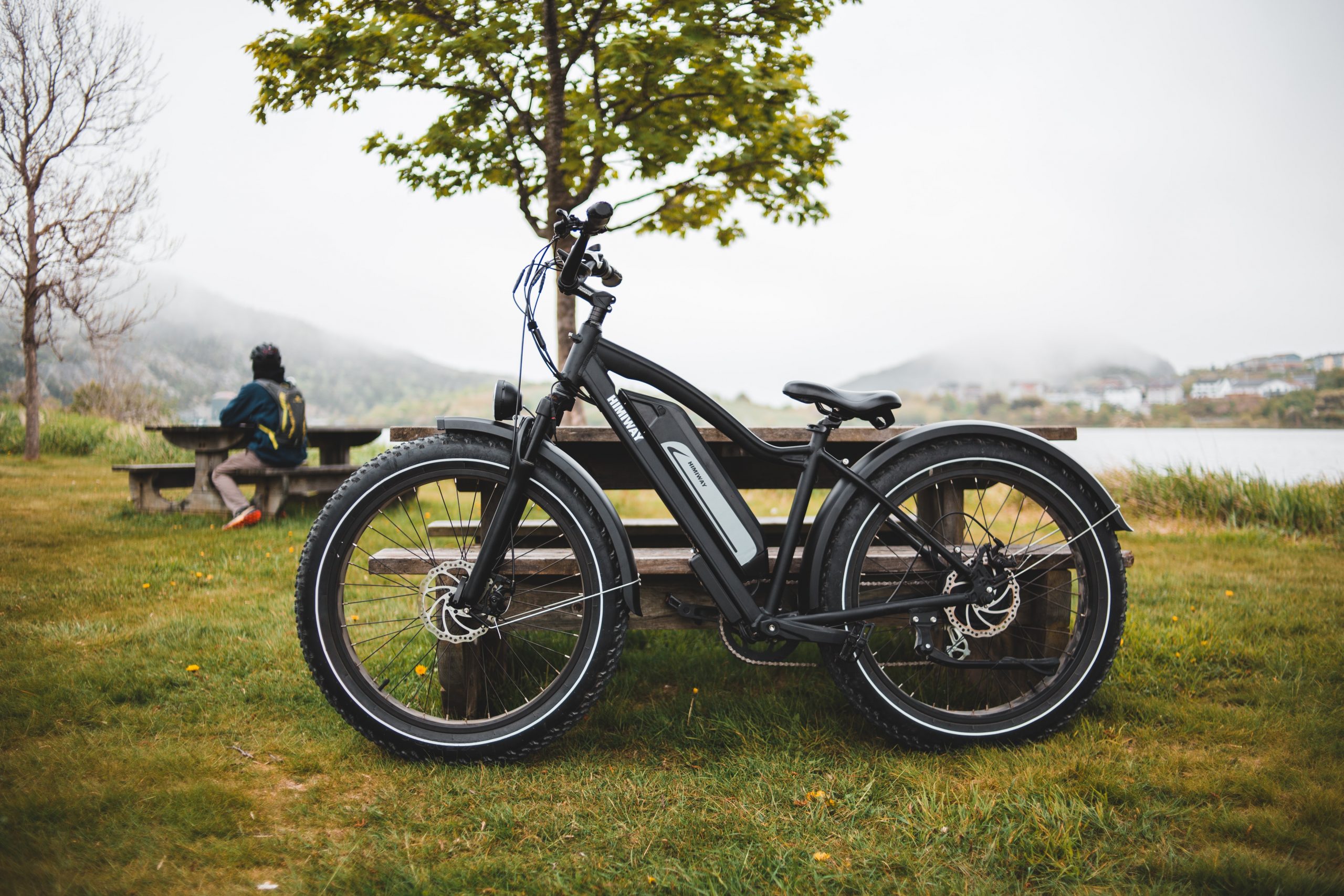As in any other means of transport, on bikes alike, comfort comes first. As a rising commuting method with more and more people hopping into two wheels instead of their cars without thinking twice of their bike size.
What size the bike is and is suitable for your body type plays a crucial role in increasing cycling productivity. Proper bike size will help you have better body posture while riding and ensure faster and more enjoyable riding.
But how can you measure bike frames? Well, we are here to shed some light on the topic.
Let’s dive in.
How are bikes sized?
Frame size is the key determining factor of adult bike size. The frame size accounts for seat tube length from the center of the crank axle to the saddle. However, the measurements differ based on brands and the type of bike. For example, road bikes are usually measured in centimeters (cm), while mountain bikes are measured inches (in). This applies to adult bikes, while the kids’ bikes are estimated based on the wheel size.
Today, most bike brands measure the frame from the center of the bottom bracket to the top of the seat tube. However, other brands measure their bike frame from the top tube to where it meets the seat tube.
Because of these measurement differences in the market, it is safer to measure the bike yourself before purchasing.
What to measure on a bike?

When buying a new bike, a best practice is to measure the bike yourself, and this means you have to measure the proportions of your body to know which bike frame is the right one for you.
To do so, you need to make two measurements: your height and the inside leg, also called inseam. The obvious way to measure your height is to be barefoot on the ground and stand straight against a wall. At the top of your head, make a small pencil mark on the wall. Then, use the measuring tape to get your height.
Next, you need to measure the inseam. To do so, stand barefoot with your shoulders and legs being the same width apart. Then measure the distance between the ground up to your groin. The inside leg distance helps determine if the standover height of the bike is the correct size for you.
Now, with these two measurements, you can choose the correct bike size for your body. A good rule of thumb is to have at least a 1-inch distance between the top tube and your inseam so that you can ride comfortably for long hours.
How to measure bike frames?
Now that you know your own measurements, you can move on and measure your future bike’s frame. To measure a bike frame, you need to measure three things:
- top tube height,
- saddle height, and
- handlebar distance.
The top tube is the tube that connects the saddle tube with the handlebars. Today, most bikes’ top tubes have a slope. This means that if we measure the tube only, we won’t get the correct measurement. For this, aim to measure the horizontal distance between the saddle tube and handlebars.
As mentioned above, the saddle height is the seat tube distance from the bottom bracket center to the top of the tube. You need to use a measuring tape to calculate this distance. However, this measurement is not as easy as it sounds. You need to be aware that some bikes have an extension of their seat tube, while others, such as mountain bikes, can have a kink in their seat tube. A best practice, in this case, is to create a straight line to measure the seat tube from the end up to the center of the button bracket.
Besides the top tube and saddle tube height, you will need to know the handlebar distance. As a rule of thumb, your handlebars should have the same length as your shoulders. This way, your back, and neck will not have any pressure during the ride.
How to measure a road bike frame?

If you are going to invest in a road bike, finding the correct frame is of uttermost importance. This is because when you are riding a road bike, you will be sitting in the saddle all the time. With the correct road bike size, you will have a riding position that won’t put tension in your back and neck, automatically affecting your performance and comfort.
To measure the road bike frame, you need to measure the saddle tube height, which goes from the top tube to the center of the bottom bracket.
Here is a typical road bike size chart:

How to measure a mountain bike frame?

Mountain bikes, as suggested by their name, are designed for rural terrains. Mountain bikes come with more petite frames than road bikes, as it allows the rider to move around and keep control of the bike in rugged terrain.
In mountain bikes, your inseam measurement isn’t essential as their standover height is lower than on road bikes. This means when riding a mountain bike, your seat will be more upright while your arms are wider apart with weight set up in the back.
Below you can find the mountain bike size chart:

How to measure a BMX bike frame?

Same as in the other types of bikes, in the BMX bikes, the top tube length determines the size of the bike. To measure that, follow the instructions we mentioned above for top tube measurements.
Taking a ride is an additional strategy that shows whether the BMX bike has the right size or not if it feels comfortable riding it.
How to measure a kid’s bike frame?

Children’s bikes are a miniature of adult bikes. However, the main difference is that kids’ bikes are measured based on their wheels instead of seat tube length.
The best method to buy the correct bike size for your kids is to search for models in their age range. Based on that, then you can match the bike with your kid’s height. The best way to do that is to make your kid sit on a potential bike and see if they can touch the ground with both feet.
However, it is still preferred to measure your child’s height to determine the correct bike size. We recommend letting a 2-inch gap above the top tube to ensure your kid a comfortable ride.
Conclusion
As repeatedly pointed out above in the article, the right side of the bike offers everything this sport is supposed to offer: comfort in riding, proper body posture, body and vehicle body adaptation (especially in mountainous terrain).
It is unnecessary to be an expert in bike geometry to determine its proper size for yourself or your children. Modernization in the production of bicycles makes it easier to choose the right size, and the labels placed on some of them have made the job even easier.
With time and experience, choosing the right bike size or adjusting the height of a particular part of the bike will become even simpler.




